Moving In Istanbul
By Lily Brown, MURP ’17
As of today, I have been in Turkey for one week. A lot has happened. There have been terrible big events – the terror attack at Ataturk Airport – and some pleasant small moments – lots of people watching and drinking tea. This is the reality of life in Istanbul and Turkey right now. I have had many conversations with Turks about what is going on in their country. It is a very complicated situation that I am still learning about and trying better understand. Since I am relatively unaware of the situation in the area, I do not want to make a statement about it and instead will focus on what I came here for – to learn about city planning and transportation.
I first arrived at Ataturk Airport. To get from the airport, on the European side of Istanbul, to my apartment on the Anatolian side of the city, I took a taxi from the airport to the nearest tram stop, took the tram to the nearest ferry terminal, took the ferry across the Bosporus, and finally walked to my apartment. The journey was a transit nerd’s dream!
Istanbul has so many different transportation options; a variety of metros, trams, ferries, buses, and taxis. Since there are 14 million people living here, all are heavily used. However, the automobile still reigns supreme. When a car or motorcycle comes along, pedestrians have to get out of the way, fast. Even still, and unlike in Los Angeles, the streets are packed with people walking, selling things, sitting and enjoying food, drinks, cigarettes and the public realm.
In the week that I’ve been here I haven’t seen any accidents. This is incredible because cars and motorcycles move so fast and the streets are packed with people. Most streets are lacking pedestrian crossing amenities and people cross whenever they want, even through multiple lanes of busy traffic. I saw children on bikes crossing in the middle of a highway-like street and somehow they didn’t get hit or cause an accident. Maybe people are just really skilled at navigating this because they are used to it, or maybe I’ve just been lucky not to see a collision. Time will tell.
My coworkers, at my internship with EMBARQ Türkiye, who are urban planners focused on improving the pedestrian environment, seem totally unfazed by the craziness and danger of the streets. This is ironic to me, as an American learning about planning, because we are taught about safety first and foremost and about separation of a street’s user groups. But, my coworkers are right there with everyone else, running out in to the middle of a busy street and dodging cars like its no big deal. They seem to be more focused on improving public space and access to public space. This divergence in concern plays out in the built environment. While we may have safer streets in the United States, we are seriously lacking in public space of all shapes and sizes. On the other hand, what Turkey lacks in street safety, it more than makes up for in public space. There is outside seating at every restaurant and café, there are benches everywhere and pockets of public space can be found at least every quarter mile. In the United States safety comes first and in Turkey community space for people is a necessity of life. You get what you prioritize for. Also, because the haphazard way all the modes move through space is so entrenched in Turkey, it may be an easier to improve public rather than try to take on the battle of telling people where, when and how they can move. I am excited to learn more about how planning is done in Turkey and how my co-workers navigate this culture in an attempt to improve the city for pedestrians.

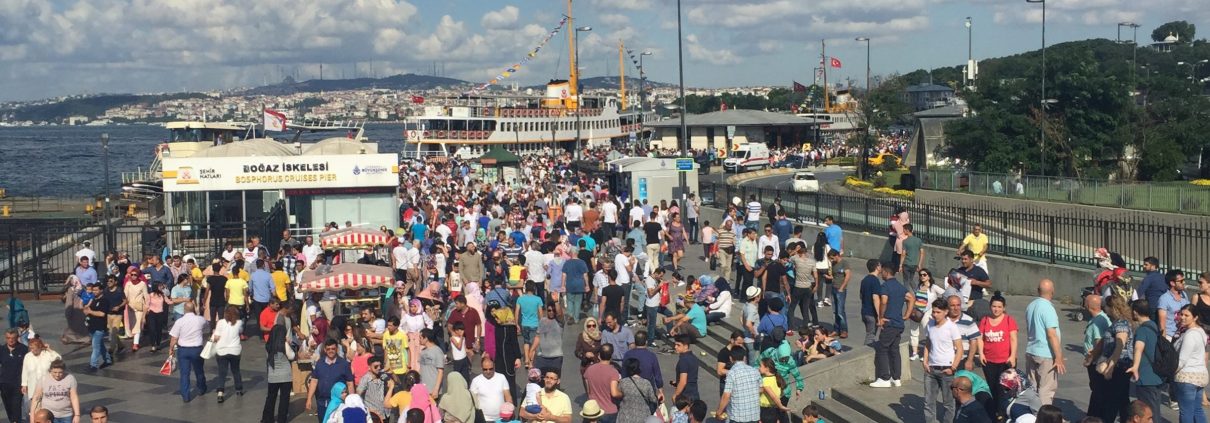
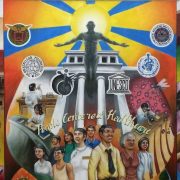
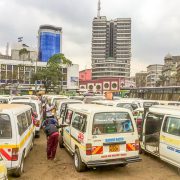
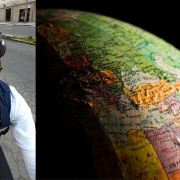
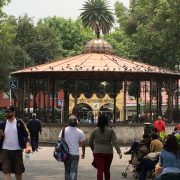
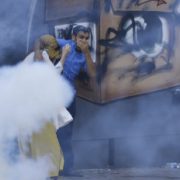
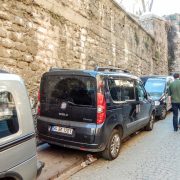




Leave a Reply
Want to join the discussion?Feel free to contribute!